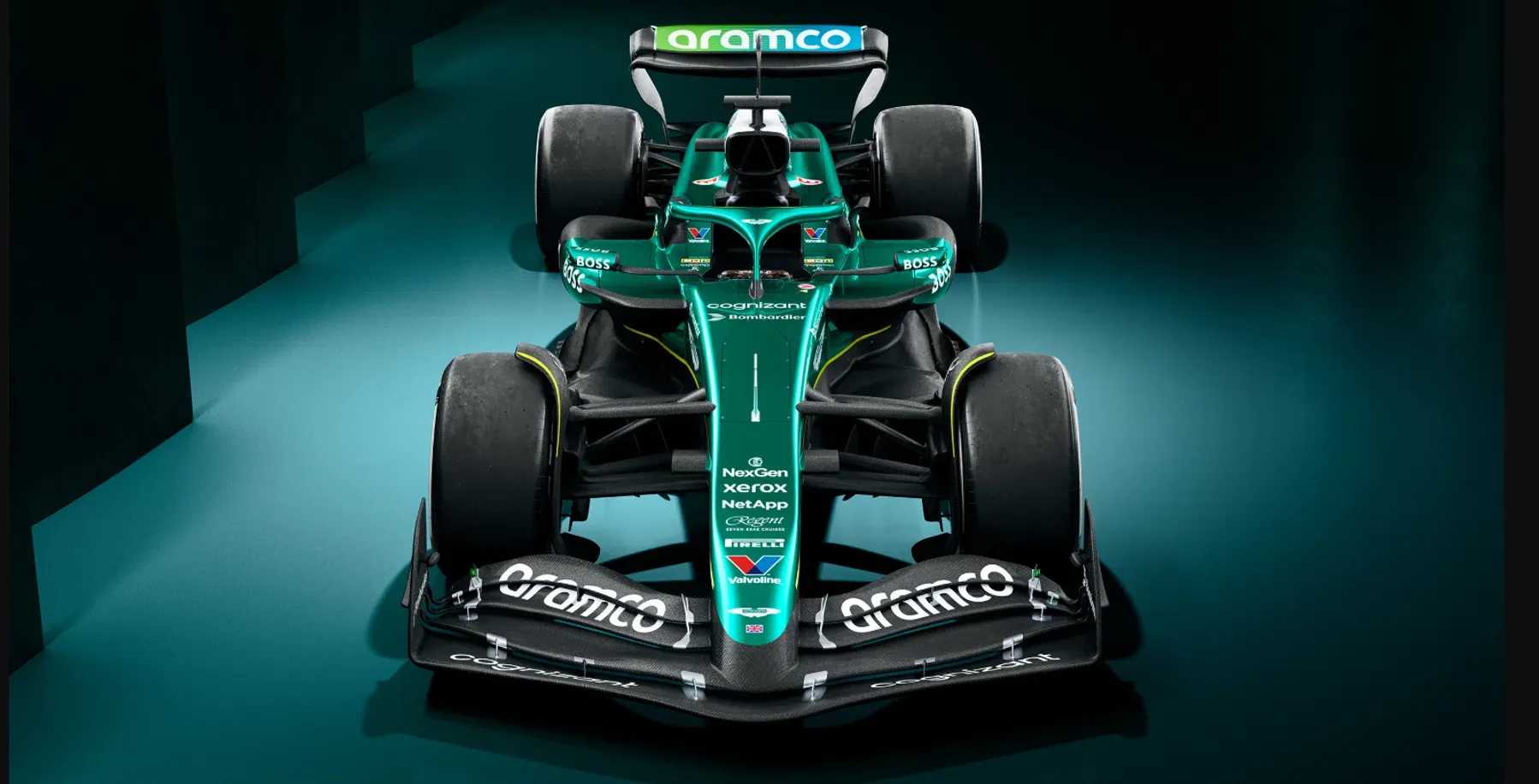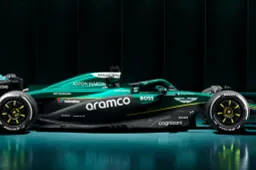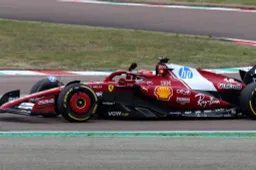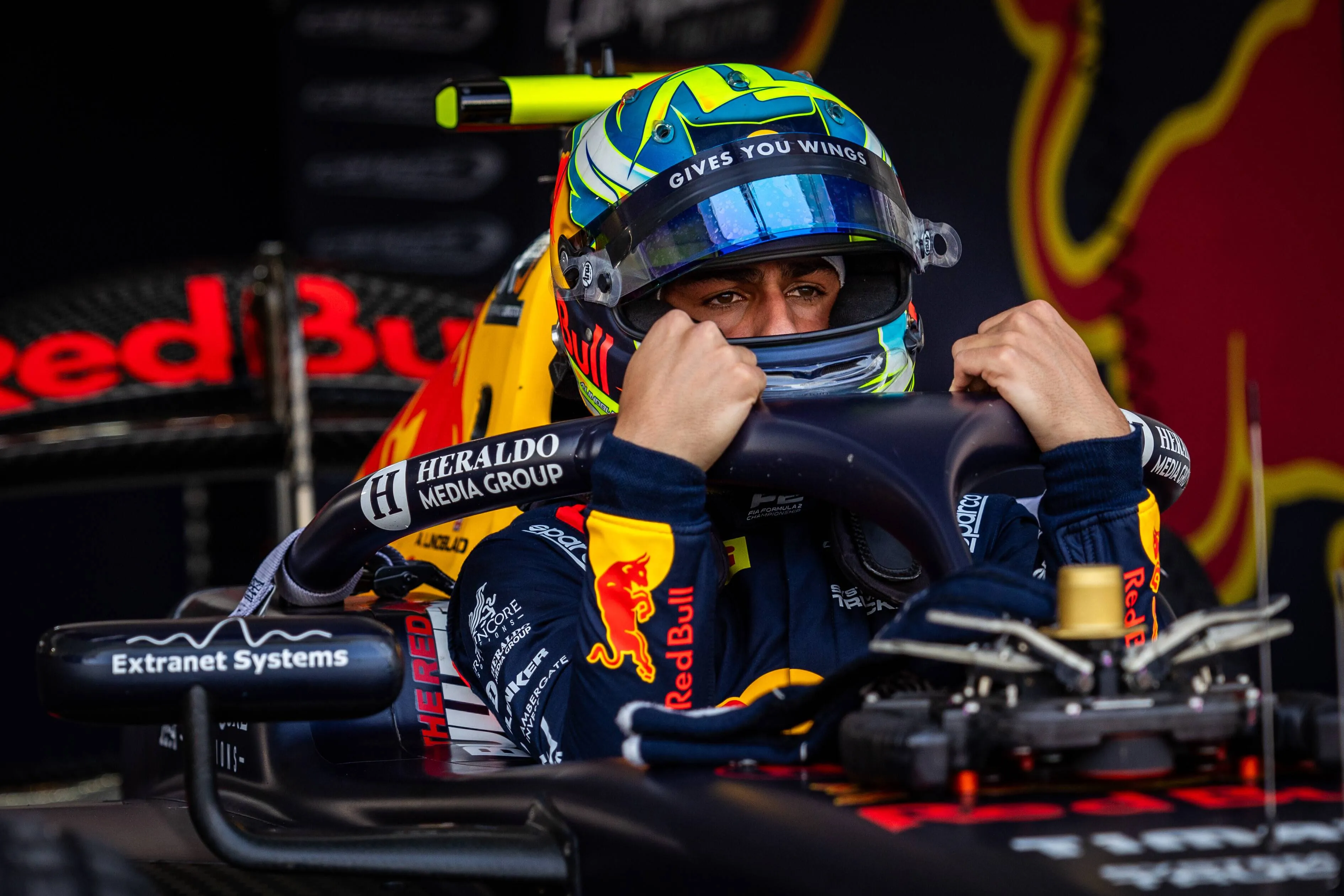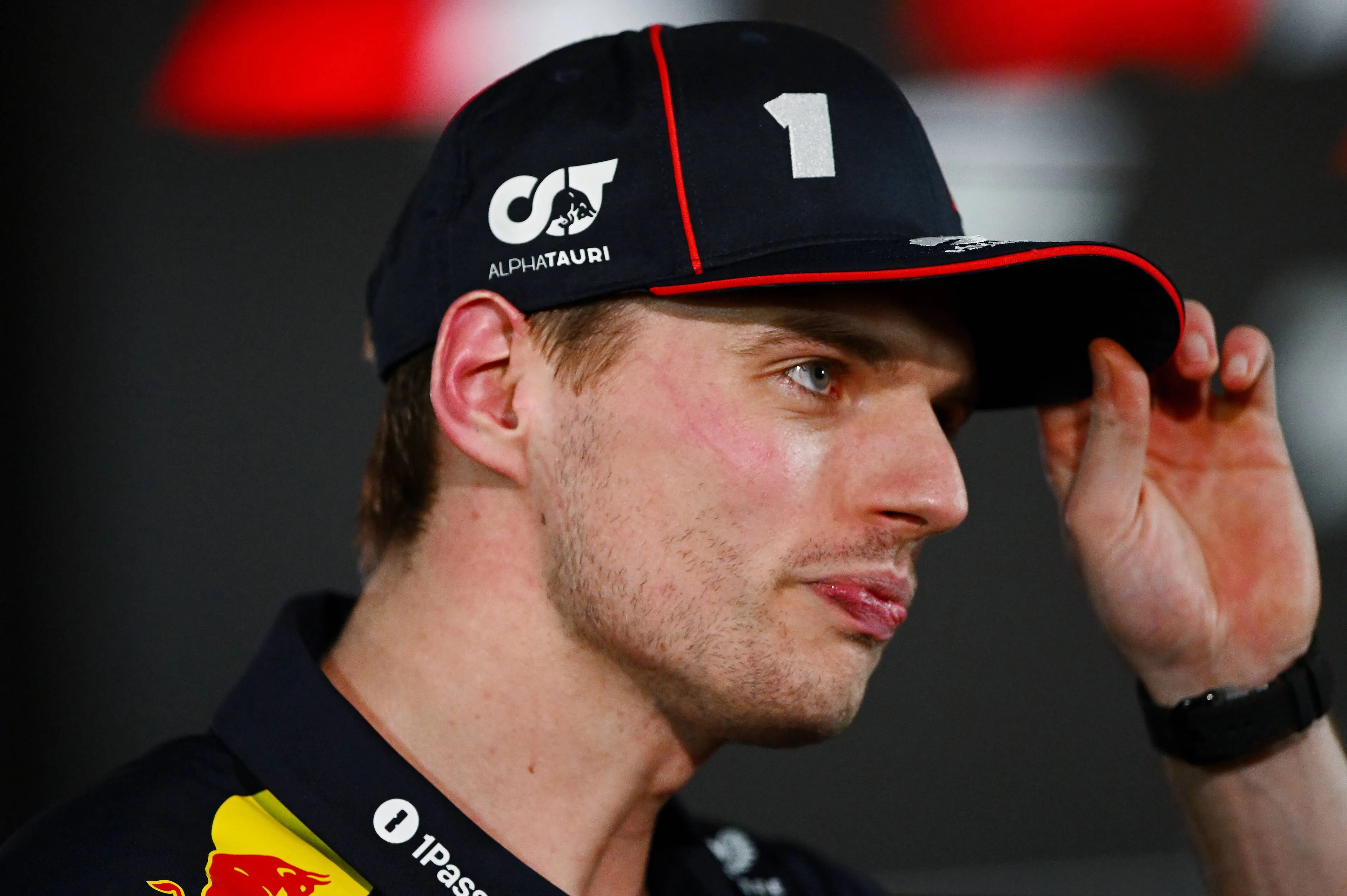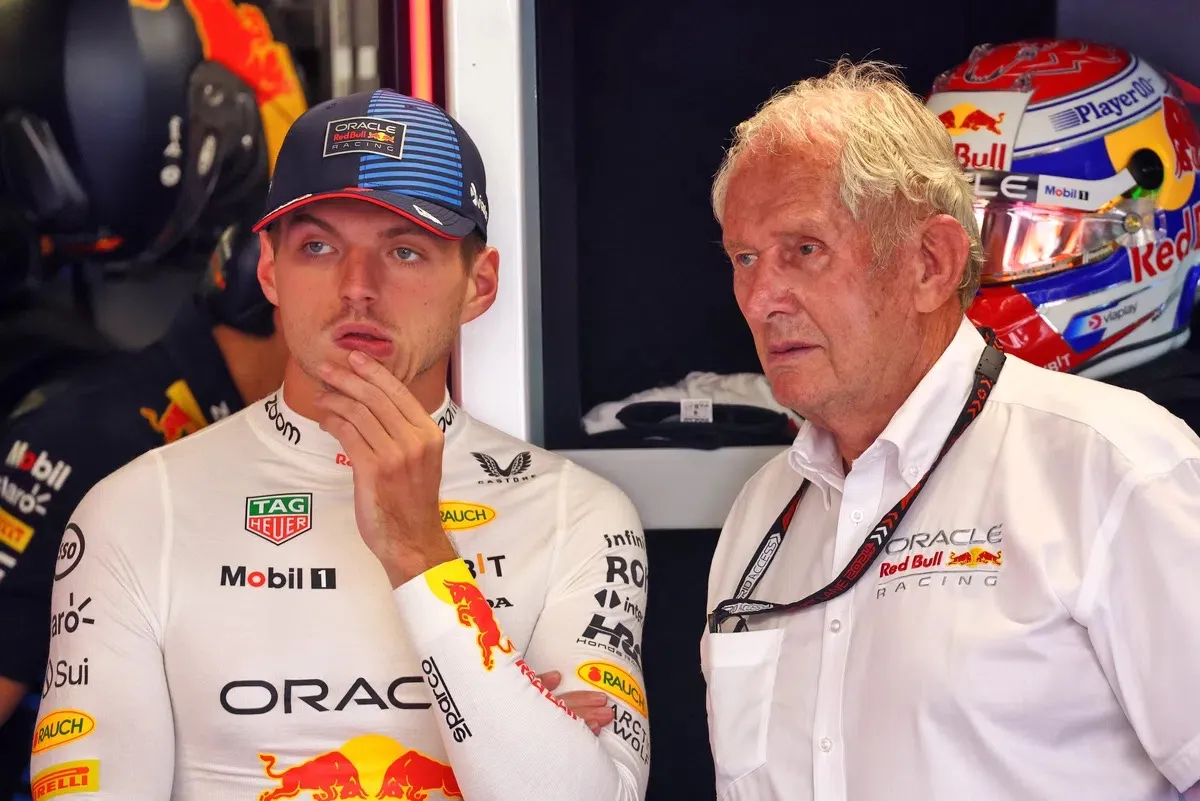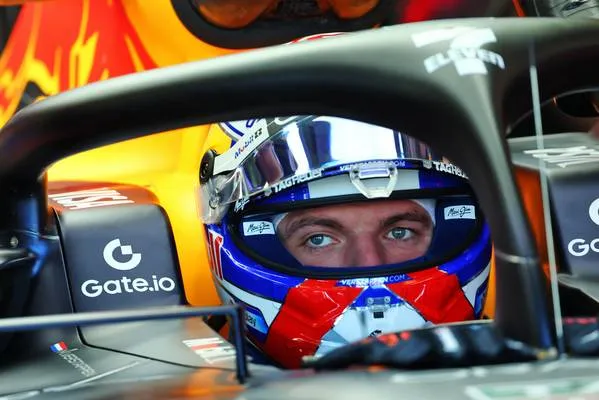After a strong 2023 season, Aston Martin struggled to secure any podium finishes in 2024. This year, the team aims to return to the front of the grid with the AMR25, a car that builds upon its predecessor. Several key modifications stand out in the new design, which the team hopes will help them fight for top positions once again.
The front wing of the AMR25 is a significant evolution of the front wing that the team introduced late last year. The changes are aimed at improving low-speed downforce and car balance, giving drivers more stability at all stages of cornering.
The AMR25's sidepods have a new profile and are visually the most striking change compared to its predecessor. They are deeply cut and have a curved channel along the length of the upper surface to better direct airflow.
New floor for Aston Martin
The radiator also has a different design and has been reconfigured to accommodate the new sidepod design. The radiators play a crucial role in regulating the engine's temperature. The engine cover has a jagged, razor-sharp spine running from the airbox to the rear wing to direct airflow to the rear of the car.

The floor design has been revised to improve airflow under the car. The new sidepod and bodywork design complement this, allowing better management of airflow under the car and over the rear wing. The AMR25 has push-rod suspension at both the front and rear; the suspension is connected to the chassis by a diagonal structure with a higher point on the car's bodywork.
New brake ducts at both the front and rear of the car are designed to improve brake cooling and airflow. Brake ducts direct air in and out of the brakes; in the AMR25, this consists of Brembo callipers and Carbon Industrie carbon fibre discs and pads.
A stable rear also improves cornering, as there is less sliding; the AMR25's rear wing was designed with this in mind.
This article was written in collaboration with Toby Nixon
Want more Formula 1? Then follow GPblog on our various social media channels too!
Read more about:
Popular on GPBlog
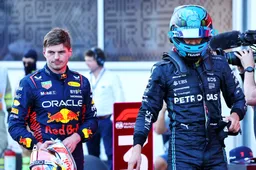
1
'Russell could be leading the title race, but Wolff would still sign Verstappen for the future'
1216 times read

2
F1 Tech | How the updates made the SF-25 more balanced
718 times read

3
Vettel thinks it is "very possible" that Red Bull and Verstappen "can turn 2025 around"
598 times read

4
Is Mohammed Ben Sulayem at risk of a challenger?
597 times read
